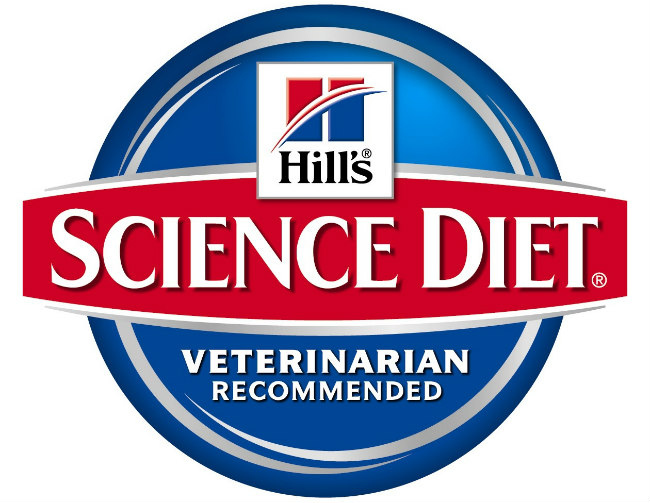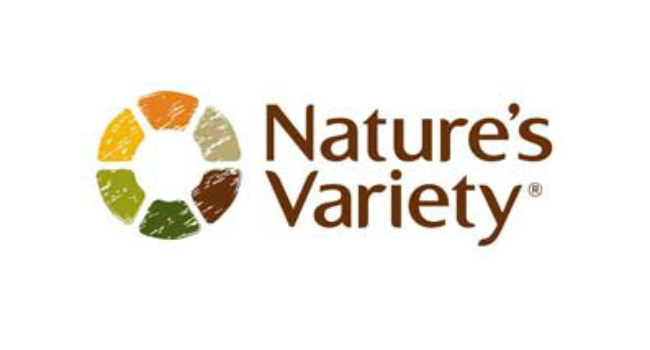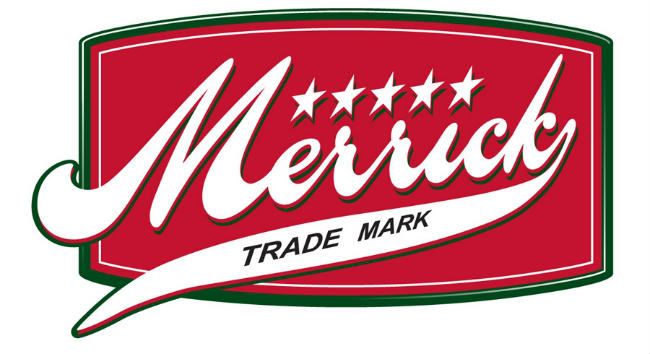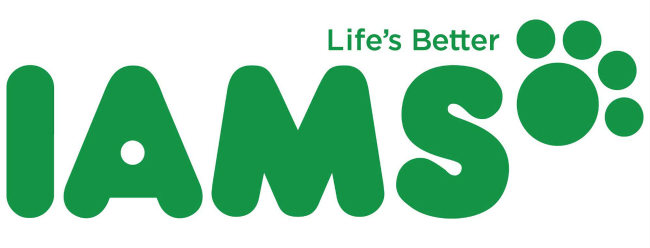Are there any negative changes in your cat’s feeding habits? Generally, cats are picky eaters. When you feed it on the same formula for a long time, it is bound to get bored and this greatly affects its feeding. Under-feeding can lead to weight loss and malnutrition. To ensure this does not happen, you can keep your cat indulged by switching between formulas.
The Science Diet Adult Homestyle Tuna Supper (wet) is one of the formulas you may be interested in adding to your cat formulas list. But before you do, it is only sensible that you first establish whether it is really nutritionally beneficial for your feline companion.
The ingredients in this formula
Water, Chicken, Tuna, Animal Liver, Wheat Flour, Brown Rice, Carrots, Dextrose, Rice Starch-Modified, Spinach, Wheat Gluten, Pork Plasma, Chicken Liver Flavor, Oat Fiber, Soybean Oil, Calcium Carbonate, Fish Oil, Titanium Dioxide (color), Sodium Phosphate, Potassium Chloride, Iron Oxide (color), Taurine, Choline Chloride, Guar Gum, Vitamin E Supplement, Ferrous Sulfate, Caramel (color), L-Ascorbyl-2-Polyphosphate (source of vitamin C), Zinc Oxide, Thiamine Mononitrate, Niacin, Copper Proteinate, Manganous Sulfate, d-Calcium Pantothenate, Biotin, Vitamin A Supplement, Pyridoxine Hydrochloride, Riboflavin Supplement, Potassium Iodide, Vitamin B12 Supplement, Vitamin D3 Supplement, Folic Acid, Menadoine Sodium Bisulfite Complex (source of vitamin K3).
Reviewing the first ingredients
Water
As you might expect, water is mostly added for moisture and cooking purposes. It does not add any nutritional value to the food.
Chicken
Chicken is a very popular ingredient for pet food and in this case, they are referring to whole chicken. This is a very high quality meat source and we are pleased to see it listed. However, whole chicken loses about 80% of its content during the cooking process since the majority of whole chicken is water. After the cooking process is complete, the amount of whole chicken remaining is substantially reduced. Therefor, while whole chicken is a great source of meat protein, this ingredient alone is not enough to provide sufficient levels of meat protein in a cats diet.
Tuna
This ingredient is a well known saltwater fish. There is some debate about whether fish products should be included in cat food at all, because cats by nature do not eat much sea food. A lot of cat owners would rather see meat from other animals such as beef, chicken, turkey, or other meat sources. However, tuna does supply a good amount of protein and also contains an excellent amount of omega-3 and omega-6 fatty acids.
Animal Liver
While liver provides some excellent nutrients for cats, this is an unnamed meat source. Since this is labeled as animal liver, this liver could come from just about any animal and that leaves a lot to the imagination. It also could indicate that this ingredient is inconsistent over time. They may include liver from one animal one month and another animal the next. So while we generally have no problem with liver in cat food, the fact this is an unnamed animal source has us a bit untrusting.
Wheat Flour
Wheat flour is a powder made from the grinding of wheat. It helps with the cooking process and also helps to increase the nutrient values of the food. However, cats do not digest wheat in the same way they digest other meat based products. Wheat does not provide much nutrition to cats and is considered a lower quality ingredient. Some cats have problems digesting wheat and others may experience allergic reactions to this ingredient. In lower quantities, this is considered to be a safe ingredient for cats, but it isn’t considered to be a high quality or nutritious ingredient, either.
Other ingredients in the formula
Oat Fiber – Oat fiber is produced from food-grade oat hulls and is mostly added for texture and binding purposes. It is sometimes used to help give food a lighter and browner color as well. Cats and dogs have no absolute physiologic need for this ingredient, although animals eating processed commercial foods appear to benefit from the addition of fiber.
Spinach – While it certainly sounds like a healthy ingredient, the truth is, spinach doesn’t add much nutritional value to the food. It does supply some various nutrients and vitamins, but the levels are quite low. Many companies like to include this ingredient as it looks great on the ingredients list, but in general, it is not all that nutritious for cats. On the flip side, there is very little to worry about and this ingredient is considered to be very safe for most cats.
Brown Rice – Brown rice and white rice have similar amounts of calories and carbohydrates. The main differences between the two forms of rice lie in processing and nutritional content. When only the outermost layer of a grain of rice (the husk) is removed, brown rice is produced. To produce white rice, the next layers underneath the husk (the bran layer and the germ) are removed, leaving mostly the starchy endosperm. While many cat owners like to stay away from grain based ingredients, rice in general is easy for cats to digest and is not likely to cause allergic reactions. The rice will expand in your cats stomach helping him or her feel more full. So while this ingredient may not be especially nutritious, it does have value in the food and is unlikely to cause major problems. You should still avoid this ingredient if your cat has suffered from grain allergies in the past, but overall, this is a very low-risk ingredient even though it is a grain.
Dextrose – Dextrose in food is a simple sugar. It is actually a type of glucose, which is a monosaccharide that is widely found in nature and is used by nearly every living organism as a source of energy at the cellular level. This ingredient could be added as a flavor enhancer. In addition, this ingredient is thought to be a stress reducer in cats. Like most sugars, any cats with diabetes should not be fed this ingredient. Many adult cats suffer from diabetes, so it’s important to keep your cats blood sugar level in healthy limits.
Can this formula cause allergies?
This formula contains wheat flour, which is an allergen. Even though this ingredient alone is not strong enough to cause allergies, it is better to avoid feeding your cat on it if the cat is highly sensitive to wheat. Otherwise, this formula is ideal for other cats, even to those with mild allergies.
Ingredients in cat formulas to avoid
Soy, wheat and corn – All three of these ingredients are known allergens for many cats. In addition, many cats have problems digesting these grain based ingredients. Since cats are obligate carnivores, their digestive systems are designed to digest meat and not grains. All of these ingredients will help to boost the protein percentage in cat food, but not all protein is created equally. Cats do not digest plant based proteins in the same way as meat proteins and in fact, gain little to no nutritional value from these grains. Several “grocery store brand” cat foods include these products to keep the price down as it is a cheap filler to help make your cat feel full as well as a cheap way to add protein to the food.
Artificial coloring and flavoring – Both artificial and natural flavor ingredients are considered to be lower quality ingredients. Artificial flavor is usually derived from petroleum. Most have not been studied for safety or toxicity. They are all synthesized chemicals that don’t even have common names. Most artificial flavors actually contain many chemical ingredients, not just one. Many of those chemicals are volatile. Both natural and artificial flavors are chemical based ingredients and we don’t get all that excited when we see either one of those ingredients listed. Both of these ingredients have potential allergy risks and other possible health problems in cats.
We also find it quite irresponsible to include artificial coloring in pet food since the health concerns about these added colors are so controversial. Your cat does not care what color their food is and the only reason artificial coloring is added to this product is for marketing purposes. It makes the food look better to you YOU, the human consumer. Of course, many cat food brands are very defensive about their use of food coloring. Here is an example of how the Purina brand defends their use of fool coloring. Notice how even in their explanation, there is no perceived benefit to these ingredients other than changing the color. There is also a growing amount of evidence to suggest food coloring may be linked to cancer in not just dogs and cats, but also humans. Here is an article that explains a bit further. In short, since there is some controversy surrounding this ingredient, we find it a bit strange that cat food companies would spend money adding this ingredient into a product when at best, it has zero nutritional value for your cat and only has marketing value. At worse, it could pose health risks. It just doesn’t seem like the risk of including this ingredient is worth it.
BHA/BHT – Both BHA & BHT are preservatives that have been banned in human foods in many countries due to cancer risks. However, they remain approved for use in pet foods. A growing number of pet owners are becoming aware of the potential dangers these ingredients bring and are shunning all foods containing BHA and BHT. A quick internet search on these preservatives will show that the backlash is gaining steam with many cat food companies abandoning these ingredients. BHA and BHT are extremely controversial ingredients in all forms of pet food.
Conclusion
This is a good quality cat formula by just looking at the ingredients used. The manufacturers have done a good job including meat protein sources. Cats are obligate carnivores and hence they should feed on meat.







